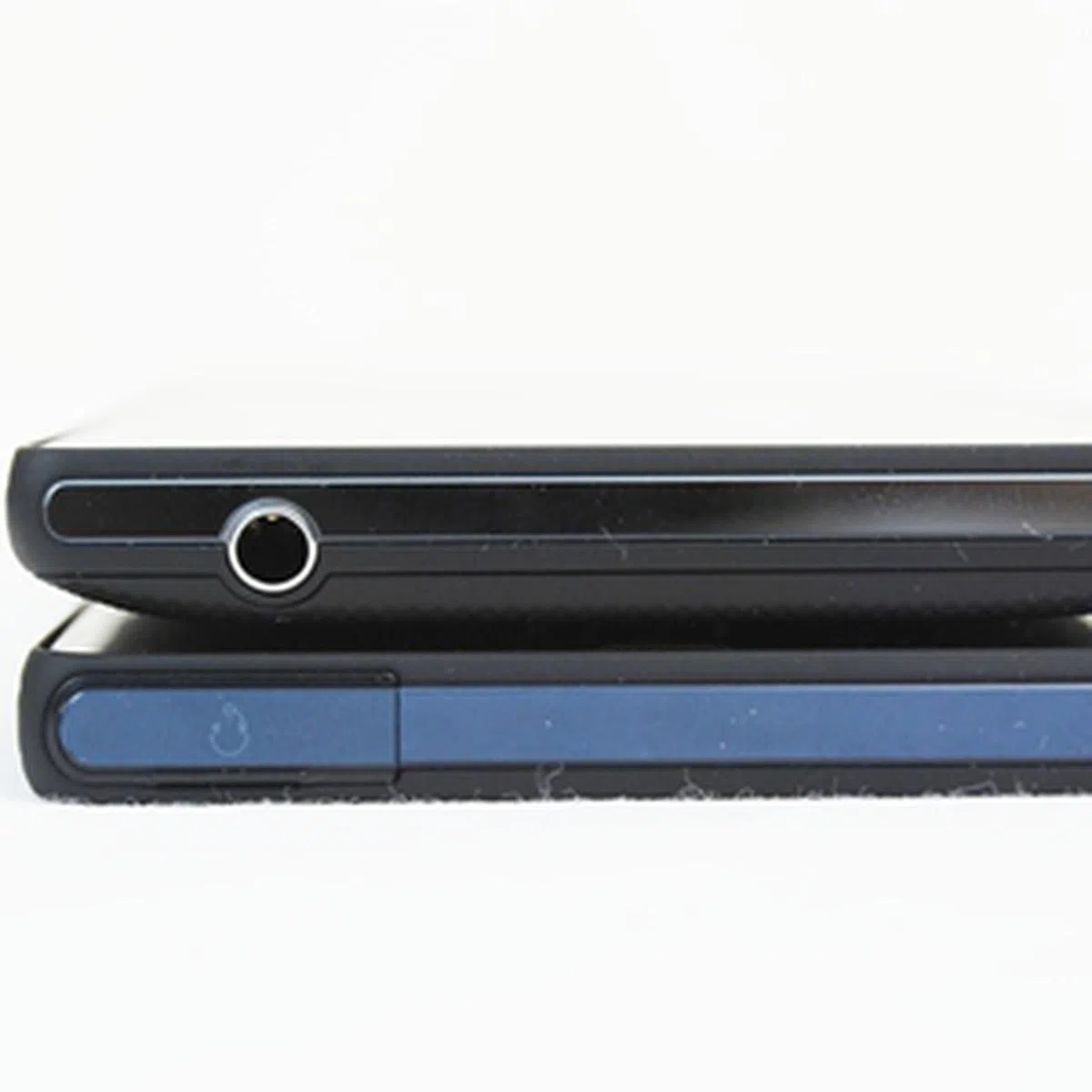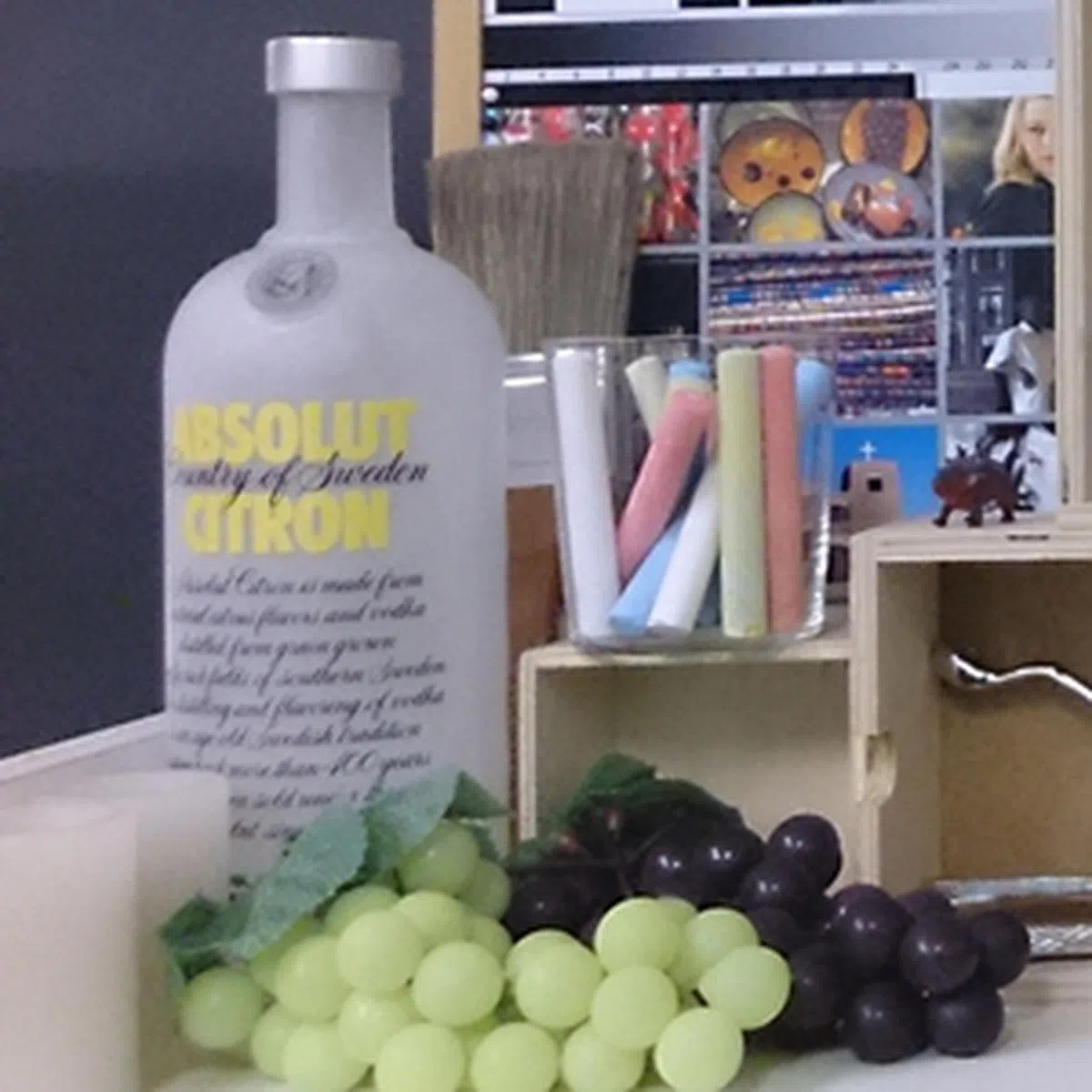Sony Xperia ZL - A Version of the Xperia Z
The Sony Xperia ZL is a variant of the Xperia Z, which comes with a slightly less premium design and no dust/water resistive features. Is it as appealing as the Xperia Z or even a better phone? We share our opinion in this review.
By HardwareZone Team -
Overview
We had our first hands-on with the Sony Xperia ZL in mid January during the local launch of the Sony Xperia Z. Aside from the differences in design, dimensions, weight and battery capacity, the two Sony Xperia devices have similar specs. Are there any reasons for consumers to choose the Xperia ZL over the Xperia Z? Let's find out in this review. Here's a quick look at the specs of both devices:-
[hwzcompare]
[products=383392,367090]
[width=250]
[caption=Comparing the Sony Xperia ZL and Z]
[showprices=1]
[/hwzcompare]
Design
The Xperia ZL shares the same design philosophy as the Xperia Z - OmniBalance where you will see subtly rounded edges and an angular form factor held together by a skeleton glass fibre polyamide frame. However, the Xperia ZL has a few notable design differences.

The Sony Xperia ZL feels easier to hold and navigate due to its shorter form factor.
 |  |
The most obvious difference in the design is the absence of a rear glass panel. In place of it is a textured back, which proves to be a wise decision taken by Sony considering how fast the glass panel of the Xperia Z picks up fingerprints and smudges. Furthermore, with most users opting to protect it's rear with a case, the rear glass panel is hardly seen after the initial un-boxing of the device. We also felt that the Xperia ZL offers better handling due to its slightly curved back, a design strategy that HTC famously used for its Butterfly and One models.

Although the textured back of the Xperia ZL looks less premium compared to the glass panel of the Xperia Z, we prefer a better grip and less (or no) maintenance over looks.
Sony touts the Xperia ZL as the world's most compact smartphone with a 5-inch display, a claim that we foresee the company vigorously defending in the coming months as more 5-inch phones enter the market. For comparison's sake, here are the dimensions of the current crop of 5-inch phones:
- Sony Xperia ZL: 131.7 x 69.8 x 9.8mm
- Sony Xperia Z: 139 x 71 x 7.9mm
- Samsung Galaxy S4: 136.6 x 69.8 x 7.9mm
- HTC Butterfly: 143 x 70.5 x 9.08mm
- ASUS PadFone Infinity: 143.5 x 72.8 x 6.3 - 8.9mm
As you can see from the pictures shown so far, the Xperia ZL loses the water and dust resistance properties that are highly marketed in the Xperia Z. The 3.5mm audio output jack is no longer covered, and there is a flap located at the rear bottom of the phone which hides the micro-SIM and micro-SD card slots.

The plastic flap is easy to remove, but we wonder if Sony could do away with this and integrate the card slots at the side of the Xperia ZL.
There are three distinct design features on the Xperia ZL. First, there is a LED light at the forward facing bottom center of the device. Whenever there is a message, missed call or notification, it will light up green. When it is charging, the LED light is orange. The LED also lights up in the color of the image you are viewing in the Gallery, which reminds us of the transparent strip of the Xperia U.

A useful LED light to notify you of any message or missed call. You can also see the front-facing camera on the right side of this image.
While most handset makers opt to place the front-facing cameras on the top centre, top left or right of their devices, Sony oddly placed it at the bottom right side of the device which is awkward for taking self portraits as you need to hold the Xperia ZL higher in order to take a normal portrait shot.
Sony adds in a physical camera shutter button on the bottom right side of the Xperia ZL, which you can use to activate the camera in lock screen, any home screen or any app by tapping and holding it for about two seconds. For more information on what the phone offers from the software, user interface perspective, we've got all that covered in our original Xperia Z review over here and these aspects remain identical on the Xperia ZL too.
Performance
Like the HTC Butterfly and LG Optimus G, the Sony Xperia ZL is part of the 5-inch crowd, one that's outfitted with Qualcomm Snapdragon S4 Pro quad-core processors.
To find out how the Xperia ZL stands amongst its peers, we use the Quadrant test as a benchmark. The test evaluates CPU, memory, I/O and 3D graphics of Android devices. In this comparison, we pit the device against the Samsung Galaxy S4, HTC One, HTC Butterfly and Sony Xperia Z.
Device | Sony Xperia ZL | Sony Xperia Z | Samsung Galaxy S4 | HTC Butterfly | HTC One |
CPU | Qualcomm Snapdragon S4
quad-core 1.5GHz | Qualcomm Snapdragon
S4
quad-core 1.5GHz | Qualcomm Snapdragon 600 quad-core 1.9GHz | Qualcomm Snapdragon S4
quad-core 1.5GHz | Qualcomm Snapdragon 600 quad-core 1.7GHz |
GPU | Adreno 320 | Adreno 320 | Adreno 320 | Adreno 320 | Adreno 320 |
RAM | 2GB | 2GB | 2GB | 2GB | 2GB |
OS | Android 4.1 | Android 4.1 | Android 4.2 | Android 4.1 | Android 4.1 |

All three smartphones (Xperia ZL, Xperia Z and Butterfly) had Quadrant benchmark scores in the same range, although the Xperia ZL is ahead of the other two phones by just the slightest margin. As expected, we found the Xperia ZL's performance to be similar to the Xperia Z which is very positive. The HTC One and Samsung Galaxy S4 are using much more advanced processors and thus their results are in a different league. In any case, you would be hard pressed to tell their processor's throughput apart from general usage as all the compared phones are swift in most operations and expectedly so as they represent the best from each company.
Imaging & Multimedia Performance
The Sony Xperia ZL is equipped with the same 13-megapixel rear camera with f/2.4 aperture as the Xperia Z. While clarity and detail levels were adequate (though we were hoping for the noise reduction engine to be less aggressive), the colors came out slightly too whitewashed for our liking. Compared to the LG Optimus G's test outcome, the sample photo was significantly less warm and carried a overtly blue tinge. This coming from a Sony phone was a little unexpected as it's not top-of-the-line imaging performance that Sony has normally been associated with in their past phones. For general social media sharing, you wouldn't have anything to complain about, but once you start paying close attention to the photos on your PC for post-processing, you would notice the cooler color tinge and the aggressive noise reduction engine eating away at the details.

On the display/multimedia aspect of things, the Sony Xperia ZL comes with a clear 1920 x 1080 pixels resolution (full HD), 5-inch display equipped with Sony Mobile's Engine 2, one that works to tweak appearance of photos and videos on the device. The display seems to pale slightly in comparison with the excellent screen on the HTC Butterfly / One, but on its own, it does its job pretty well. One thing we note, however, is that excessive back-lighting on the Xperia ZL makes the screen look a tad too 'whitewashed' for our liking. You can probably get a quick feel of what we mentioned in our comparison video here where we used the Xperia Z. The Xperia ZL is no different from the Xperia Z.
For multimedia storage woes, the Xperia Z comes with 16GB built-in storage and a microSD card slot, which allows you to upsize the storage size by an additional 32GB. Unfortunately, the device doesn't come with any Dropbox cloud storage tie-ins, something that we noted when comparing against recent HTC and Samsung Android mobile devices.
Battery Mileage
Our standard battery test for mobile phones includes the following parameters:
- Looping a 800 x 480-pixel video with screen brightness and volume at 100%
- Wi-Fi and Bluetooth connectivity turned on
- Constant data streaming through email and Twitter
Specifications/Device | Sony Xperia ZL | Sony Xperia Z | Samsung Galaxy S4 | HTC Butterfly | HTC One |
Processor |
|
|
|
|
|
Display Size |
|
|
|
|
|
Display Type |
|
|
|
|
|
Display Resolution |
|
|
|
|
|
Dimensions |
|
|
|
|
|
Weight |
|
|
|
|
|
Battery |
|
|
|
|
|



The Xperia ZL lasted 25 minutes longer than the Xperia Z in our battery test even though it comes with a smaller 2,300mAh battery. This can be attributed to its slightly higher battery voltage of 4.2V, thus giving it a higher overall battery capacity. The battery up-time is on-par with the HTC One, but drew slightly more power as seen in the power consumption chart.
As it is the heaviest and thickest device of the five phones, the Xperia ZL obviously fared the worst in our Portability Index where each device is assessed on its ability to balance battery mileage. with its size and portability. So even though the Xperia ZL is more compact and lasts longer, its thicker profile and slightly more heft pulled it back somewhat. The irony is that even without the dust and water resistive properties, a plastic back instead of an extra glass panel and a more compact size, the Sony Xperia ZL was still thicker and heavier than the flagship Xperia Z.
While our battery test is quite strenuous and is used to help us establish a base line for comparison between various smartphone offerings, in an actual usage scenario, we were able to get a full day of battery life out of the Xperia ZL. This included our regular weekday schedule of calls, email, web-surfing and social media usage. If the battery does run low and you have no access to a power source, you can enable Stamina and low battery modes to conserve power and buy yourself a time extension.
Conclusion
The Sony Xperia ZL is essentially the Xperia Z repackaged without the rear glass panel and splash/dust resistance. In exchange, you get a device that is easier to handle and no concern over ugly smudges and fingerprints spoiling the phone's appearances, while preserving the same level of performance.
Retailing at S$868, the Xperia ZL is S$120 cheaper than the S$988 Xperia Z and will come across as a more affordable option for those who don't feel the need for the more durable aspects of the Xperia Z. In fact, the curved and textured plastic back as well as a dedicated camera button might probably be just as appealing. In our opinion, it's just another version of the Xperia Z and it all boils down to what one needs out of their phone.
While the Xperia Z faces stiff competition from the likes of the S$968 HTC One and S$998 Samsung Galaxy S4, the ZL model isn't spared either. As much as we would like to say the Xperia ZL is a much more affordable 5-inch, 1080p resolution based premium smartphone, the HTC Butterfly is an equally good contender as it can be had from S$725 at several stores (at the point of publishing this article) and touts a more vibrant screen, offers 25GB of virtual storage with Dropbox partnership and a much better battery life. However, the Xperia Z and the ZL are 4G LTE devices while the HTC Butterfly doesn't support 4G. The decision between both options isn't quite straightforward and it all depends on your priorities of your new phone.
Our articles may contain affiliate links. If you buy through these links, we may earn a small commission.

